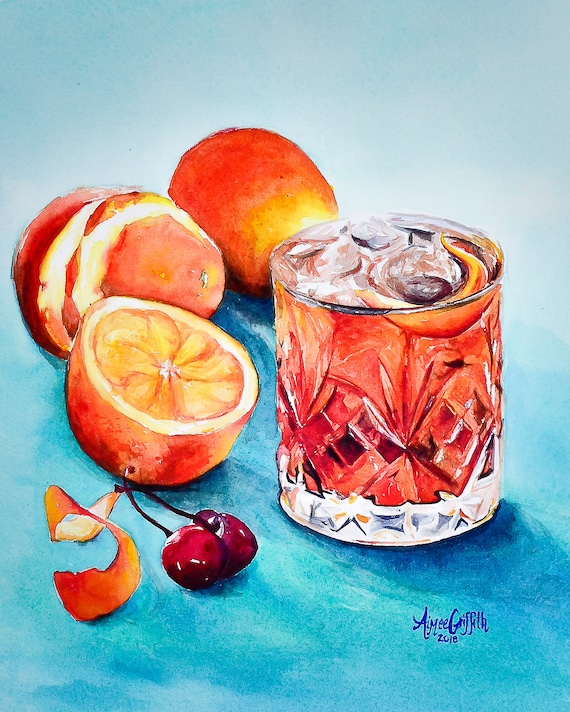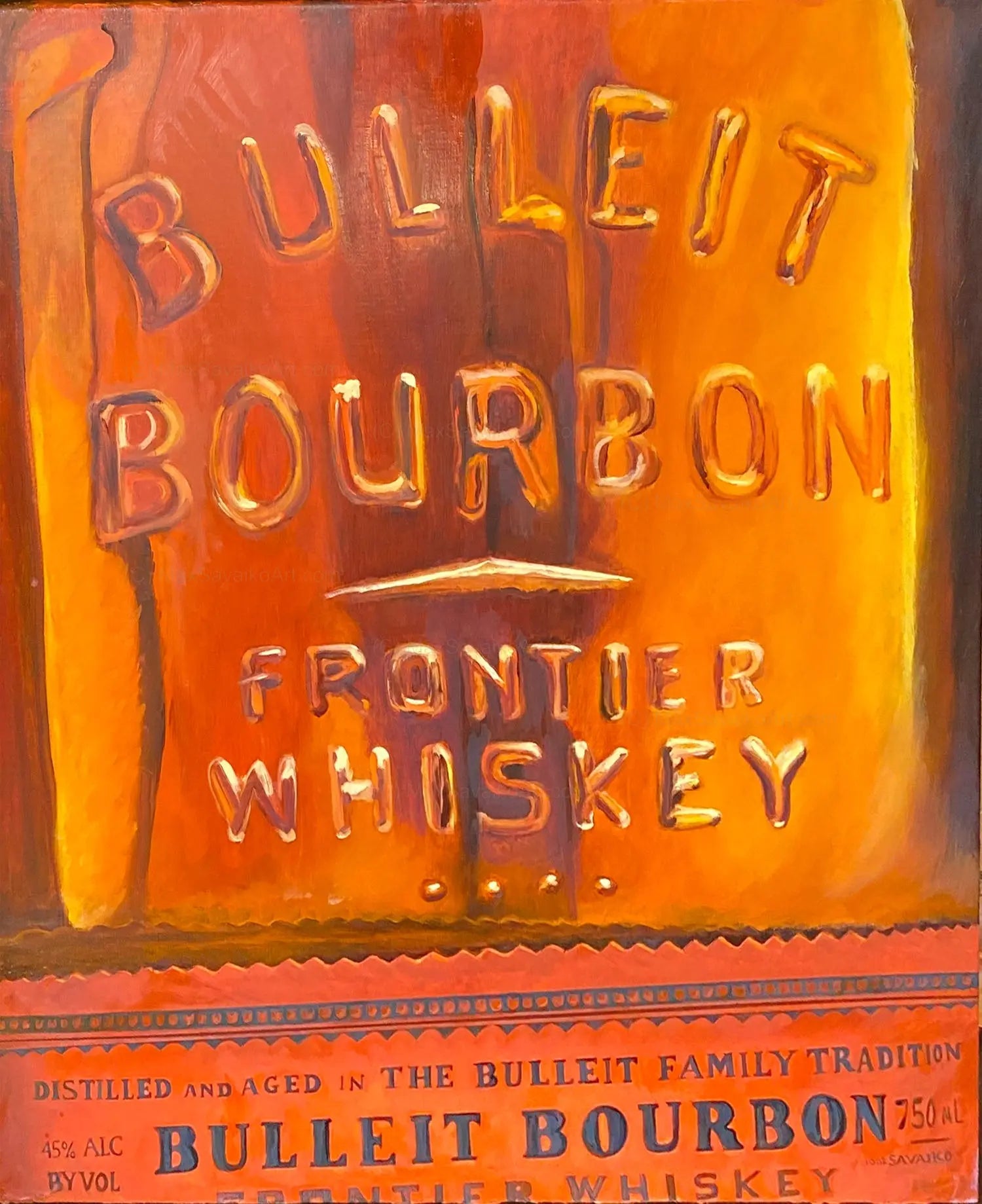Whiskey Art: Capturing the Significance of Distillation in Every Brushstroke
Whiskey Art: Capturing the Significance of Distillation in Every Brushstroke
Blog Article
The Importance of Whiskey Art in Celebrating Heritage and Workmanship in the Beverage Industry
The complex relationship in between whiskey art and the event of heritage and craftsmanship within the drink industry can not be overemphasized. Via thoughtfully developed tags and bottles, bourbon brand names envelop their historic origins and the artisanal abilities that define their production techniques.
The Historic Roots of Whiskey
At the heart of whiskey's allure exists a rich tapestry of historical origins that map back to ancient people. The origins of scotch can be linked to the distillation methods of the Sumerians and Babylonians around 2000 BCE, where very early kinds of fermented grain drinks started to emerge. It was in the Center Ages that the art of purification progressed substantially, especially in Ireland and Scotland, leading to the creation of scotch as we understand it today.
The term "bourbon" itself originates from the Gaelic word "uisce beatha," suggesting "water of life." This phrase underscores the social importance of scotch in Celtic cultures, where it was often connected with rituals, events, and common bonding. By the 15th century, purification became an acknowledged craft within reclusive areas, leading the way for the establishment of lawful distilleries.
As trade routes broadened, whiskey's popularity expanded, going beyond regional limits and catching the interest of aficionados worldwide. Realism Art. This historical journey reflects not just the craftsmanship behind scotch production however additionally its important duty in social and cultural contexts, noting it as a considerable beverage throughout history
Artistic Expression in Branding
Scotch branding stands as an engaging crossway of creativity and commerce, where aesthetic identification plays a crucial role fit consumer perception. The aesthetic appeals of bourbon labels, packaging, and advertising and marketing products reflect not just the brand's tale yet also its core worths and heritage. Through imaginative expression, distilleries share a story that reverberates with consumers, evoking feelings and sparking links.
Making use of shade, typography, and imagery in branding offers to set apart items in a saturated market. Conventional motifs may evoke a feeling of authenticity and craftsmanship, while modern designs can signify advancement and forward-thinking. This critical imaginative direction enhances brand acknowledgment and commitment, allowing customers to create a personal connection with the scotch they choose.
Moreover, creative expression in branding frequently functions as an event of regional heritage. Distilleries regularly incorporate local icons or historical references into their layouts, creating a sense of area that welcomes consumers to partake in a more comprehensive cultural experience. Ultimately, the artistry behind scotch branding not just improves aesthetic appeal but also enriches the total story of the brand name, cultivating a deeper gratitude for the craftsmanship and heritage ingrained in each bottle.
Craftsmanship in Container Layout
The creativity noticeable in bourbon branding expands beyond visual identification to incorporate the craftsmanship associated with container layout. Each bottle works as a vessel not just for the spirit within, but additionally for the story it informs about its high quality, tradition, and beginning. The style process requires meticulous attention to detail, as components such as material, shape, and closure contribute considerably to the overall understanding of the whiskey.
Workmanship in bottle style entails selecting premium glass that can enhance the whiskey's color and clearness, while also giving a tactile experience for the consumer. The shape of the container must be both visually appealing and functional, commonly reflecting the heritage of the brand. Many distilleries choose for special forms or printed logos that evoke a sense of authenticity and history.
Moreover, the label layout and typography play a crucial duty in interacting the brand name's narrative. Whiskey Art. A well-crafted container not just captivates the customer's eye however likewise enhances the brand name's dedication to top quality and practice. This way, the craftsmanship of container layout ends up being an important element of the bourbon experience, merging creativity with an extensive regard for heritage
Social Relevance of Scotch Art
Celebrating practice and craftsmanship, the cultural relevance of scotch art transcends plain aesthetic appeals, linking with the historic and social stories of the areas where it originates. Each bottle functions as a canvas, illustrating the one-of-a-kind tales, mythology, and traditions that have actually shaped local whiskey-making techniques. The complex styles frequently show the heritage of the distillers, including signs and themes that reverberate with the society and values of their areas.

Furthermore, scotch art plays a vital role in public celebrations and events, acting as a tangible link in between people and their shared experiences. By valuing the artistry in whiskey packaging, customers grow a much deeper understanding and respect for the craft, ultimately improving their satisfaction of the beverage itself.
Modern Trends in Scotch Presentation
In the last few years, the presentation of whiskey has actually developed to mirror contemporary preferences and trends while still honoring traditional craftsmanship - Limited article Edition. Distilleries are significantly focusing on aesthetic elements that boost the total alcohol consumption experience, bridging the gap in between heritage and modernity
Cutting-edge bottle styles have emerged, frequently including lasting products and imaginative tags that tell engaging stories. Numerous brands now work together with neighborhood musicians, infusing their products with unique aesthetic expressions that resonate with consumers. check my site Furthermore, limited-edition releases are commonly packaged in collectible containers, adding worth and appeal for lovers.

Verdict
In final thought, bourbon art offers as a crucial channel for sharing the heritage and craftsmanship intrinsic in the drink sector. Through complex branding, cutting-edge container styles, and culturally significant imaginative elements, bourbon brands successfully recognize their customs and attach with customers.


Workmanship in bottle design includes picking high-grade glass that can improve the bourbon's color and clearness, while additionally offering a responsive experience for use this link the consumer. In this way, the workmanship of bottle layout ends up being an essential aspect of the bourbon experience, merging creativity with a profound regard for heritage.
In verdict, bourbon art serves as an important channel for revealing the heritage and craftsmanship integral in the drink industry.
Report this page